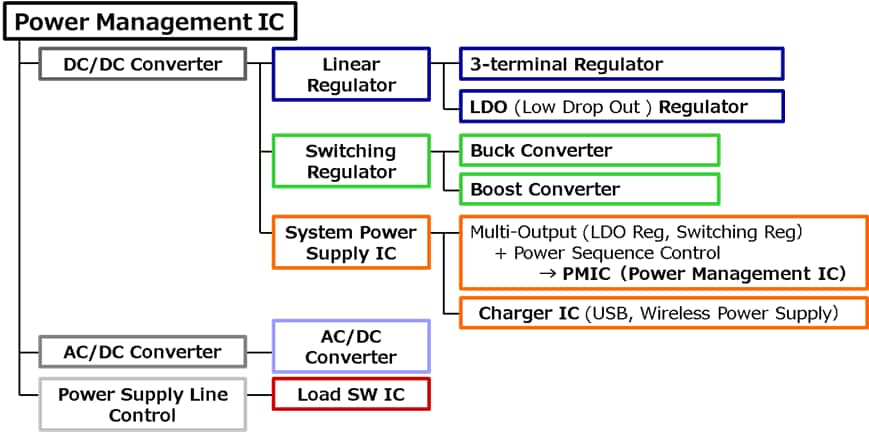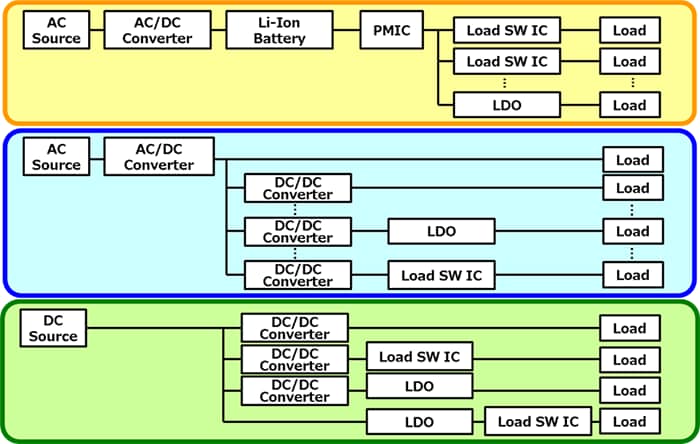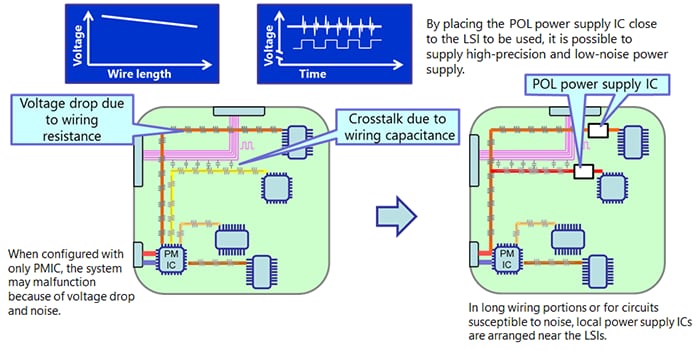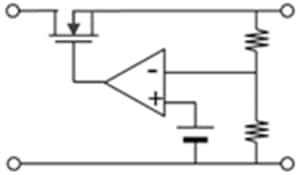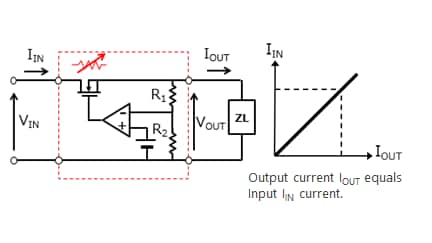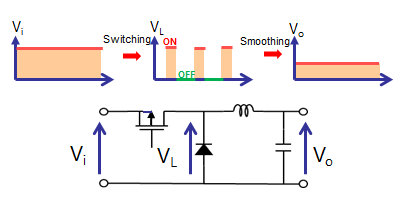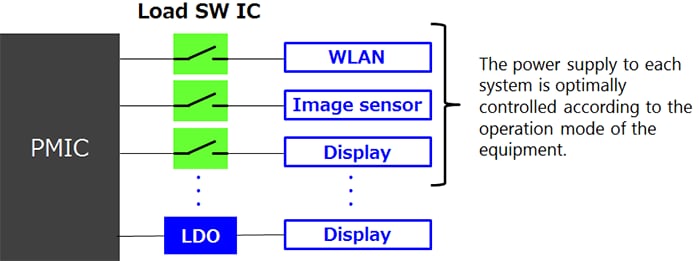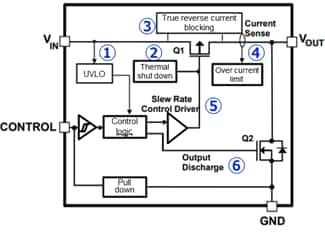- 半導體首頁
-
應用Automotive
Body Electronics
xEV
In-Vehicle Infotainment
Advanced Driver-Assistance Systems (ADAS)
Chassis
IndustrialInfrastructure
BEMS/HEMS
Factory Automation
Commercial Equipment
Consumer/PersonalIoT Equipment
Healthcare
Wearable Device
Mobile
Computer Peripherals
-
產品車用元件
Discrete Semiconductor
Diodes
電晶體
通用邏輯IC
Analog Devices
Digital Devices
Wireless Devices
※
: Products list (parametric search)
功率半導體※
: Products list (parametric search)
隔離器/固態繼電器Photocouplers
Digital Isolators
※
: Products list (parametric search)
MOSFETsIGBTs/IEGTs雙極性電晶體※
: Products list (parametric search)
Diodes※
: Products list (parametric search)
微控制器馬達驅動 ICs智能功率 ICs※
: Products list (parametric search)
電源管理 ICs線性 ICs※
: Products list (parametric search)
通用邏輯 ICs線性影像感測器其他產品其他產品
※
: Products list (parametric search)
-
開發/設計支援
開發 / 設計支援
-
技術知識
- 購買管道
- 型號 & 關鍵字搜尋
- 交叉搜尋
- 參數搜尋
- 線上庫存查詢跟購買
This webpage doesn't work with Internet Explorer. Please use the latest version of Google Chrome, Microsoft Edge, Mozilla Firefox or Safari.
型號需要超過三個文字以上 Search for multiple part numbers fromhere.
The information presented in this cross reference is based on TOSHIBA's selection criteria and should be treated as a suggestion only. Please carefully review the latest versions of all relevant information on the TOSHIBA products, including without limitation data sheets and validate all operating parameters of the TOSHIBA products to ensure that the suggested TOSHIBA products are truly compatible with your design and application.Please note that this cross reference is based on TOSHIBA's estimate of compatibility with other manufacturers' products, based on other manufacturers' published data, at the time the data was collected.TOSHIBA is not responsible for any incorrect or incomplete information. Information is subject to change at any time without notice.
型號需要超過三個文字以上
Functions of LDO
Download "Chapter IV : Local Power Supply ICs" (PDF:770KB)
(1)Under voltage lock out (UVLO)
This function places the IC in the standby state when the input voltage drops below the specified input voltage so that the internal circuit becomes unstable and malfunction does not occur.
(2)Current limit
This function protects against degradation and destruction due to heat generation of the device itself when the output terminal VOUT goes into an unintentional short mode state. There are two types of overcurrent protection: the foldback type that simultaneously reduces the output current and output voltage, and the current limiter type that reduces the output voltage while keeping the output current constant.
(3)Thermal shut down (TSD)
It is a circuit to prevent deterioration and destruction of the device because of remarkable ambient temperature rise, heat generation of the device itself due to unintentional high current load etc. When the specified temperature is detected by the internal temperature detection circuit, the output transistor is turned off.
(4)Output discharge
When the output transistor is turned off, the terminal voltage of VOUT may remain for a certain time depending on the load capacitance connected to the output terminal. This circuit rapidly discharges the charge accumulated on the load side and drops the VOUT terminal voltage to near the IC GND.
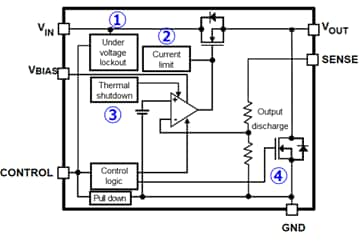
Chapter IV : Local Power Supply ICs
Related information
- Products
- Application Notes
- FAQ


